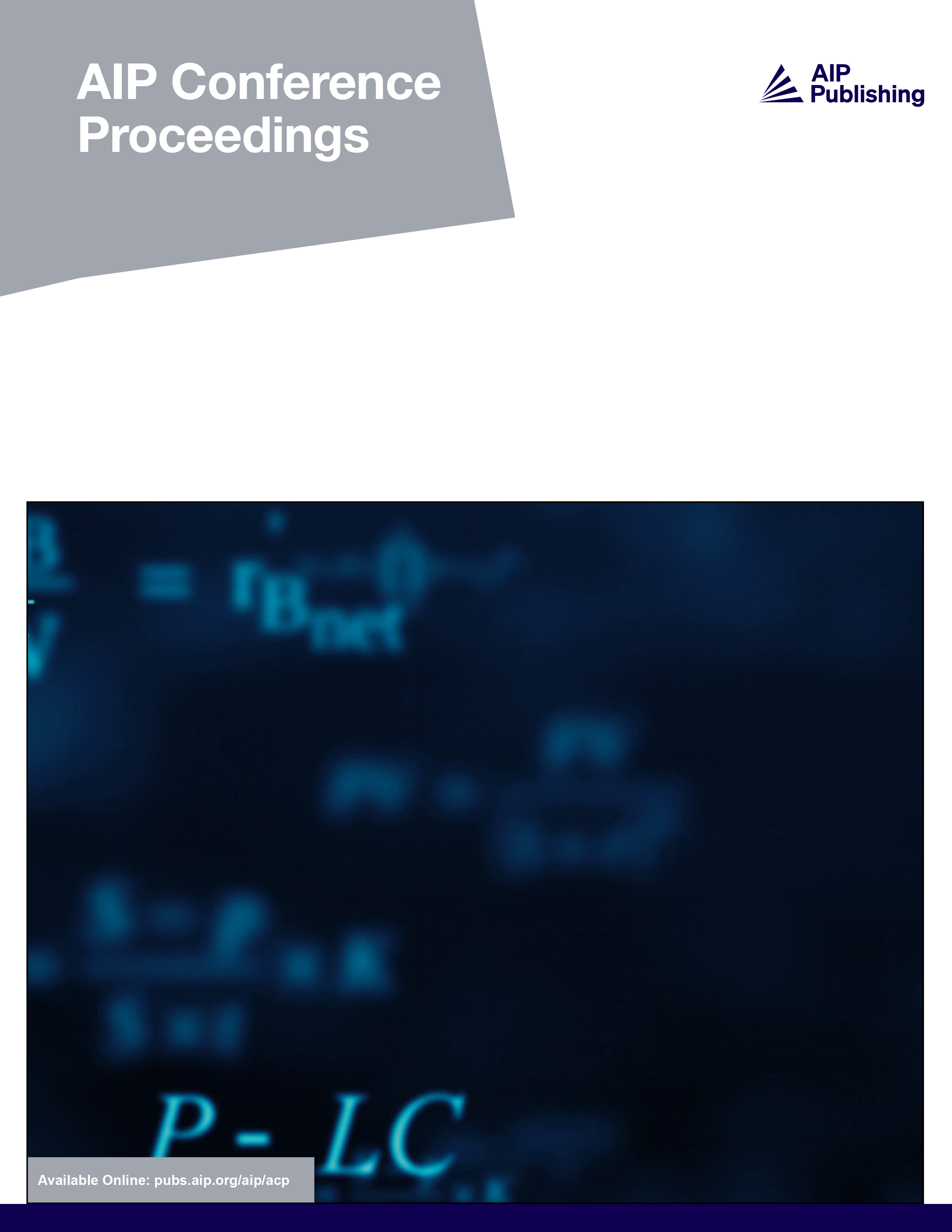As part of the national scientific network 'Pathways to Habitable Worlds' the delivery of water onto terrestrial planets is a key question since water is essential for the development of life as we know it. After summarizing the state of the art we show some first results of the transport of water in the early Solar System for scattered main belt objects. Hereby we investigate the questions whether planetesimals and planetesimal fragments which have gained considerable inclination due to the strong dynamical interactions in the main belt region around 2 AU can be efficient water transporting vessels. The Hungaria asteroid group is the best example that such scenarios are realistic. Assuming that the gas giants and the terrestrial planets are already formed, we monitor the collisions of scattered small bodies containing water (in the order of a few percent) with the terrestrial planets. Thus we are able to give a first estimate concerning the respective contribution of such bodies to the actual water content in the crust of the Earth.
Skip Nav Destination
Article navigation
28 August 2012
LET'S FACE CHAOS THROUGH NONLINEAR DYNAMICS: 8th International Summer School/Conference
26 June–10 July 2011
Maribor, Slovenia
Research Article|
August 28 2012
Water delivery in the early Solar System
Rudolf Dvorak;
Rudolf Dvorak
Universitätssternwarte Wien, Türkenschanzstr. 17, 1180, Wien,
Austria
Search for other works by this author on:
Siegfried Eggl;
Siegfried Eggl
Universitätssternwarte Wien, Türkenschanzstr. 17, 1180, Wien,
Austria
Search for other works by this author on:
Áron Süli;
Áron Süli
Universitätssternwarte Wien, Türkenschanzstr. 17, 1180, Wien, Austria and Department of Astronomy, Eötvös Loránd University, Pázmány Péter sétány 1/A, 1117 Budapest,
Hungary
Search for other works by this author on:
Zsolt Sándor;
Zsolt Sándor
Universitätssternwarte Wien, Türkenschanzstr. 17, 1180, Wien,
Austria
Search for other works by this author on:
Mattia Galiazzo;
Mattia Galiazzo
Universitätssternwarte Wien, Türkenschanzstr. 17, 1180, Wien,
Austria
Search for other works by this author on:
Elke Pilat-Lohinger
Elke Pilat-Lohinger
Universitätssternwarte Wien, Türkenschanzstr. 17, 1180, Wien,
Austria
Search for other works by this author on:
AIP Conf. Proc. 1468, 137–147 (2012)
Citation
Rudolf Dvorak, Siegfried Eggl, Áron Süli, Zsolt Sándor, Mattia Galiazzo, Elke Pilat-Lohinger; Water delivery in the early Solar System. AIP Conf. Proc. 28 August 2012; 1468 (1): 137–147. https://doi.org/10.1063/1.4745576
Download citation file:
Sign in
Don't already have an account? Register
Sign In
You could not be signed in. Please check your credentials and make sure you have an active account and try again.
Pay-Per-View Access
$40.00
Citing articles via
Design of a 100 MW solar power plant on wetland in Bangladesh
Apu Kowsar, Sumon Chandra Debnath, et al.
Inkjet- and flextrail-printing of silicon polymer-based inks for local passivating contacts
Zohreh Kiaee, Andreas Lösel, et al.
Production and characterization of corncob biochar for agricultural use
Praphatsorn Rattanaphaiboon, Nigran Homdoung, et al.





